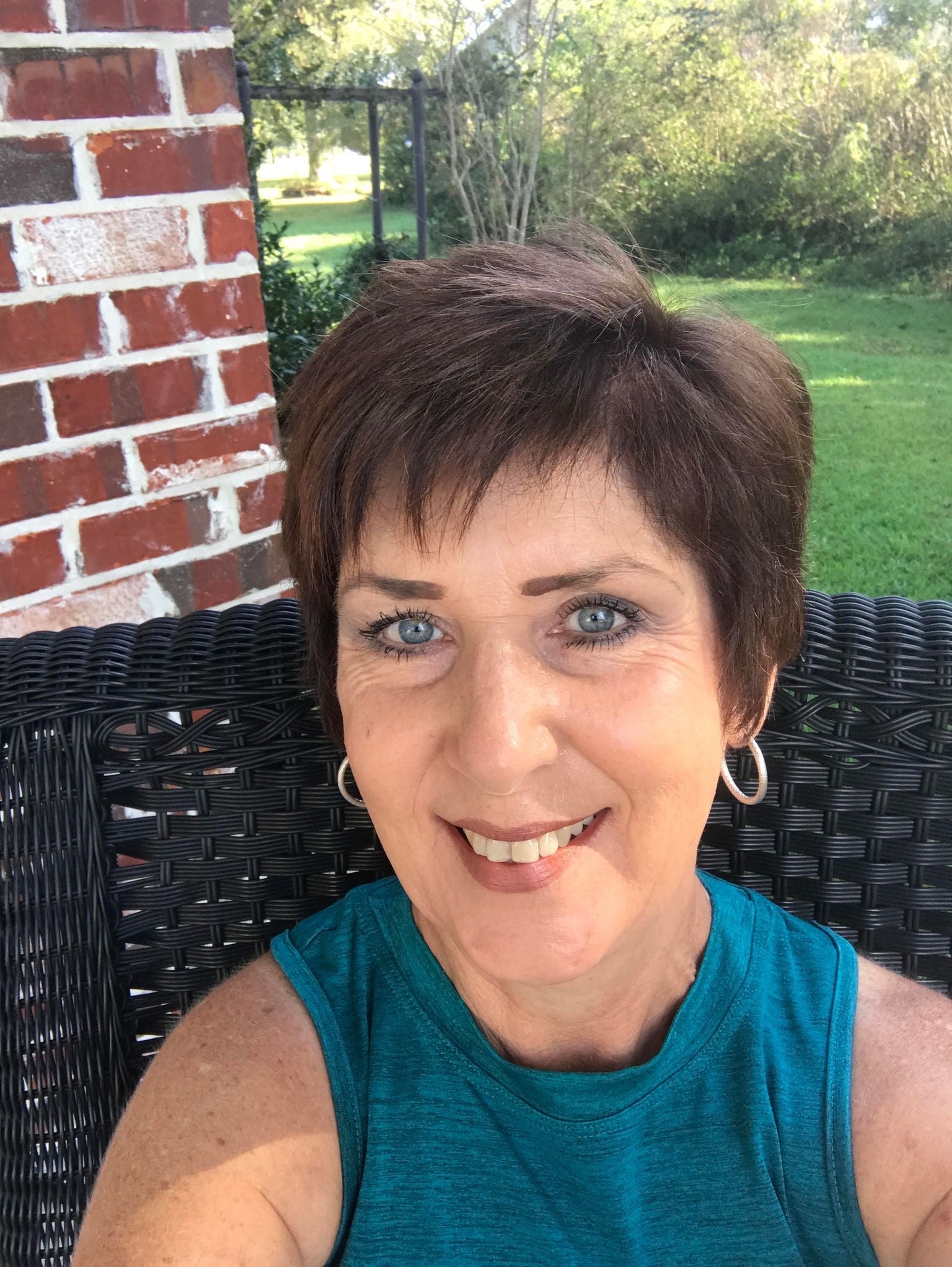Artists use their eyes
Published 12:00 pm Thursday, July 28, 2016

- Andi Bedsworth
In discussing characteristics of artists over the previous weeks, I hope you will see this not as a forum just for artists but for viewers as well.
In understanding what makes some artists tick, an appreciator of art gets more of an understanding of what drives the creation of the pieces he/she likes or does not understand/like.
A few years ago, I led a group to see art at various galleries and studio locations and one of the members of the group asked me about a piece he was baffled by. I too was baffled by the piece and wished I had had more context for viewing it.
Often a label or text can help one understand what the artist was aiming for, inspired by or was thinking of when he/she created the piece giving us clues to what the artist sees, in essence the artists’ “eyes.”
I remember years ago a fellow costume design friend encouraging me while I was working on a challenging project. She mentioned that as designers we get paid for our “eye.” Basically designers and artists are valued for their aesthetic which comes from the way they see things or more simply said, their “eye” for color, pattern, scale, detail, etc.
Each creative has their own way of viewing the world. It may be through highlight and shadows as Monet was so adept at capturing.
Paul Klee had an eye for line and was a genius at showing so much with just a few marks.
Matisse had an eye for color and form as he cut his paper into shapes and made vast cut-out collages with them in his later years.
Frank Lloyd Wright had an eye for scale and mass as he developed buildings and houses that seemed to grow right out of the landscape in which they were built.
Keith Haring created whimsical and energetic doodles on murals that still enchant people of all ages despite his early death in early 1990.
Fans of Norman Rockwell loved to see his iconic illustrations of American life on the covers of The Saturday Evening Post.
All of those artists created work that had personality and a style that is easily recognizable as their own and that comes from the use of their artist “eye.”
Artists can get the most creative mileage out of using their own “eye” as opposed to trying to emulate the look of someone else. However, many young artists are afraid to trust their “eye” and often copy another artists style before developing their own.
This can be a part of the process and is evident in the fact that many good artists have spent time sketching works by the great masters.
The development of an artist’s eyes come from their skills of observation, collecting inspiration and their ability to express all of this information in their art.
So the next time you are viewing a work of art, ask yourself, “what is the artist seeing?”
ANDI BEDSWORTH is owner of Art To Go, which brings free art opportunities to children in the community.





